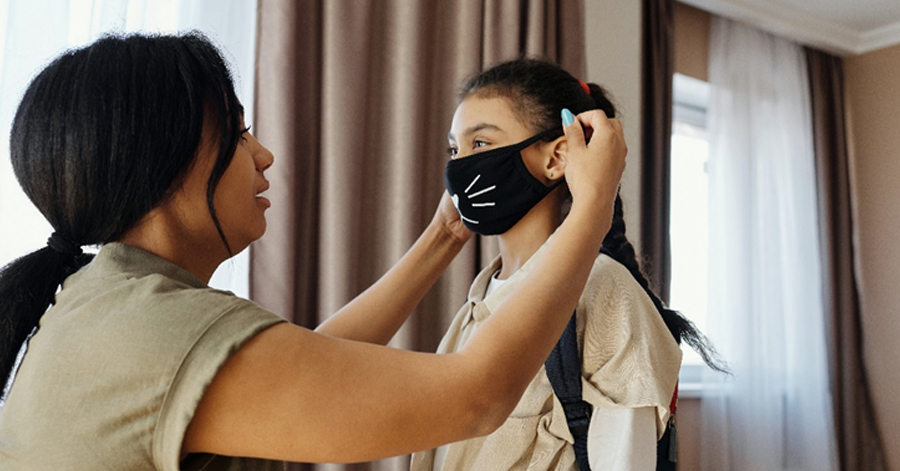Online Luxury: Challenges and Opportunities in 2020 and Beyond
- 30th May 2020
- 2511
- 0

The Internet is a Revolution in itself, fostering the revolution of several luxury brands as well. With the onset of luxury marketing and sales online, a new world has taken over the market-scape. However, like offline existence, online presence and sustenance are prone to crisis as well. Products and services catering to the affluent seem to have entered tough waters, especially now, when the pandemic continues to grow rapidly. However, is it as gloomy as it appears to be? Let’s take a look at the challenges and opportunities the online luxury market is facing:
Challenges
1. A steep fall
Research on the luxury sector during the ongoing coronavirus phase has revealed that the pandemic has had a devastating effect on the industry. The first quarter of 2020 has witnessed a steep decline of 25% in the luxury market, according to a study conducted by Bain & Company. Further, the recovery (at least up to last year’s level) isn’t expected to happen any sooner than 2022 or 2023.

The luxury sector has witnessed an unprecedented drop in the market.
2. Tough road to revival
The pandemic has taken a toll on most of the revenue strongholds of luxury brands, like China, Europe, and America among others. A fear directed towards physical handling of luxury goods still hovers over these vast empires. While innovations in technology and a reworked digital strategy will help in market revival, it’ll be tough to take ardent buy-from-store customers into the convincing gambit.
3. Space loses pace
As for luxury products and services relating to yachts, rentals, and real estate, the recovery might take longer. Apprehensions about future returns on investment are a prominent reason for a decline in property dealings. However, this is an exception for some of the ultra-rich people, who don’t mind splurging on homes.

There’s been a downfall in property dealings in the lower spectrum of the luxury real estate sector.
Opportunities
1. All is not lost
Considering the heavy financial drainage luxury brands have faced due to closure of physical stores, their online presence is all that can keep them afloat. Which is why, the brands can keep on going, albeit with a redefined allocation of budget and marketing strategy. A changed paradigm has now reiterated the need for doing things differently.
2. Give back, earn more
It has been two-three months since the impact of corona virus has hit a plethora of online businesses. However, the online luxury space has set a stellar example of utilising time effectively and optimally. Luxury brands have set the perfect example of diving into CSR, by donating to non-profits, or manufacturing face masks, thereby stepping up the community game. Reputation and rapport, can indeed secure a brand’s image in the heart of people.

Here’s a quick look at two of the many luxury brands whose efforts are helping in fighting the pandemic:
- Ralph Lauren has made a generous donation of $10 million to the WHO’s Solidarity Response Fund and towards the financial coverage of its own team. The brand has also been involved in the production of thousands of masks and gowns for people in the healthcare sector.
- Burberry has given away 1,00,000 masks to the UK National Health Service, in addition to providing financial assistance for the research on coronavirus vaccine in Oxford University.
3. Think and rethink
Innovation has always been a critical part of a brand’s survival strategy, and it continues to do so. Thus, advertising has to be relooked at, and needs to be delivered with stories more than the product itself. In current times, a human-oriented framework has higher chances of striking a chord with the people, compared to a product-driven strategy.

4. Zoom in: Digital all over
Virtual Reality has transformed digital luxury scape, especially for fashion, accessories and jewelleries. Creatives are being reworked, strategies are being moulded, and there’s been no full-stop to their story. AI chatbots have become a common feature for almost every brand, enriching UX like never before. Burberry, Tommy Hilfiger, Dior- almost everyone at the top of the chain is nailing the market game with a repetition in customers.

Collaborating with online luxury sites is another trick to rescue the industry. While this could possibly mean the loss of human asset, it’s the only way to ensure trust among customers. Automation, a fully-digital end-to-end supply chain, and Augmented Reality can be game-changers for the coming years.
To conclude, the Internet will propel another revolution in the luxury sector. With a pandemic that has brought the world to a screeching halt, a revamped digital luxury experience awaits us.
 Drishti Vanjani
Drishti Vanjani


Comments
No comments yet.
Add Your Comment
Thank you, for commenting !!
Your comment is under moderation...
Keep reading luxury post